House Design Ideas | House Plans Daily
House Design Ideas are discussed in this article. These houses are designed in a sustainable way. For more house designs, visit www.houseplansdaily.com.
House Design Ideas | House Plans Daily
Dwelling into the dynamic world of house design ideas, we begin a journey filled with innovation, creativity and a conscious link to the environment and history. Our exploration surveys the captivating eco-conscious principles that underpin sustainable home designs and uncovers the myriad of ways in which technology weaves into the fabric of modern residential life. Profound voyeurism into the smooth transition of hybrid indoor-outdoor spaces and the ever-inspiring traditional influences on our contemporary spaces form the backbone of this discourse. As clients or customers, your understanding of these techniques and trends can significantly impact your choices, harnessing the potential to transform your ideal home into a reality.
1. Embracing Sustainability in Home Design
When it comes to modern house design ideas, sustainable elements are rapidly making their way to the forefront of crafting the home of the future. The charm of sustainability lies in its transformative capabilities, offering the fusion of functionality, aesthetics, and environmentally friendly attributes. This approach broadens the scope of design while giving architects and homeowners an opportunity to step up and address the critical need for environmentally responsible living.
A critical starting point in a sustainable modern interior house design ideas is the use of natural light. It creates a connection between inhabitants and the surrounding environment while reducing the burden on artificial lighting and thereby energy consumption. It's this approach that characterises the beauty of architectural designs such as floor-to-ceiling windows, skylights, or light tubes. An optimised house design takes into account the site location, angle of the sun, and building orientation to maximise the benefits of natural light.
Next, comes the concept of proper insulation and thermal mass. Proper insulation significantly reduces the need for artificial heating and cooling. It's a splendid example of using passive design strategies to synchronise nature with home comfort. Products like breathable membranes and insulating materials trap heat during winter and deflect it in summer, contributing to energy efficiency.
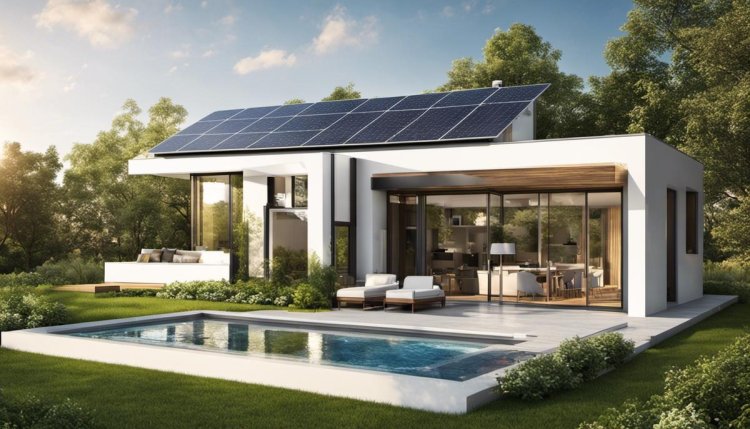
Simultaneously, embracing materials with a high thermal mass such as brick, stone, or even concrete can absorb heat during the day and release it during cooler hours, balancing the house temperature naturally.
Another superb addition to this list is the green roof. This feature merges the home with a flourishing layer of vegetation, instilling organic elegance while serving a handful of sustainable benefits. It aids in temperature regulation, provides natural insulation, absorbs stormwater, and creates habitats for wildlife. Moreover, it adds an aesthetic charm that creates an impression of relaxation and peace.
The concept of water conservation is paramount in sustainable design house plans as well. The inclusion of water-efficient fixtures, rainwater collection systems, greywater use can make a significant impact on water usage. Additionally, systems like low-flow showers, water-efficient dishwashers, washing machines, and dual-flush toilets can decrease unnecessary water wastage.
Finally, the entire notion of sustainability would be incomplete without the incorporation of renewable energy systems. Solar panels or wind turbines may join the picture to decrease dependency on grid electricity, portraying the veritable power of renewables. Using a home battery to store excess power can provide energy security and independence, keeping a house running even during power outages.
In truth, the world of sustainable and modern house plans simple is one of unending exploration and untapped potential. These methods allow for the emboldening of eco-conscious living, working hand-in-hand with technological advancements. The result? A home that not only carries the torch of modern design but upholds the values of environmental responsibility—quite indeed, a home for the future!

2. Incorporating Tech in House Design
The Synergy of Technology and Architecture: Innovations Shaping Modern House Designs
Exciting times lie ahead in the realm of house designs ideas interior, thanks to the phenomenal strides made in technology. Today, not only do buildings intrinsically boast immense beauty, but they also integrate new-fangled technological solutions to address eco-conscious, energy-efficient, and smart living needs.
Remarkably, the industry has welcomed the concept of smart homes with open arms, thanks to advancements in home automation technology. Home automation has gone from being a tale from a sci-fi novel to a stronghold in modern house design. A smart home is a perfectly choreographed dance, where lights respond to movement, heating adjusts to personal habits, and security systems meticulously keep vigil. This high-tech system provides an unparalleled level of convenience and efficiency.
In the same vein, advanced building materials are creating a revolution in the realm of architecture. With the advent of technology, we now have adaptive materials that can change their properties in response to external stimuli – smart glass being a prime example. Depending on the angle and intensity of sunlight, this type of glass can balance the amount of light and heat that it admits into a building, thereby promoting thermal comfort and saving on air-conditioning costs.
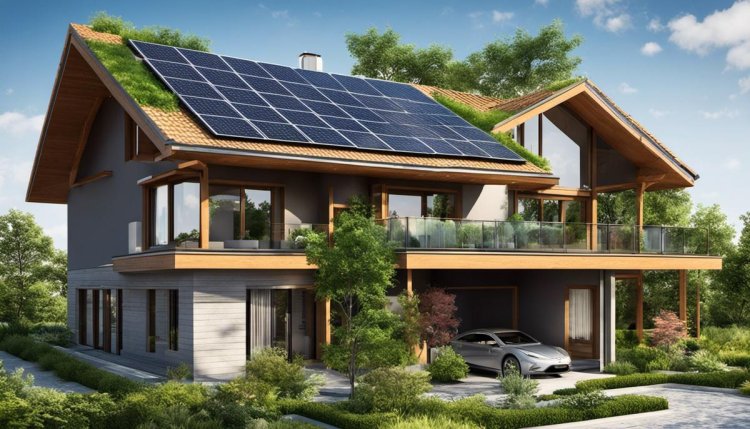
When discussing small house design ideas saturated with technology, one cannot forget the impact created by Building Information Modelling (BIM). This digital representation of the physical and functional aspects of a building allows architects and engineers to foresee and eliminate any potential design issues. It generates a well-coordinated, reliable, high-quality design that’s easy to manage and modify over its life cycle.
In addition, the rise of 3D printing in the field of construction is transforming the way architects design houses. From creating detailed architectural models to building affordable houses within 24 hours, the potential for 3D printing technology is incredible. This technology can convert architects' creative thoughts into tangible, physical entities, conferring a significant level of design freedom which was hitherto impossible.
Similarly, Internet of Things (IoT) technology is leaving a profound impact on house design, highlighting the importance of rapid and efficient communication. With the embedding of the IoT in everyday devices and appliances, your home can remotely control these items, learning and adapting to your lifestyle through machine learning algorithms. Imagine your coffee machine brewing by the time you wake up, the thermostat setting your preferred temperature before you reach home – the comfort and potential energy savings are incredibly alluring.
Undeniably, technology's influence on house designs is profoundly changing the characteristics of modern homes. Giving rise to aesthetically pleasing, eco-friendly, and smart dwellings, these advancements aren't just about creating an impressive facade but are genuinely redefining the way we live. With every new technology that emerges, we nudge a notch closer to a future where buildings cease to be rigid, unresponsive entities and transform into dynamic, adaptive, and smart habitats that could change the world for the better.

3. Hybrid Indoor-Outdoor Spaces
In the pursuit of mastering interior and architectural design, there's a fascinating overlapping realm that most homeowners today crave: the convergence of indoor and outdoor spaces. Creative solutions, carefully balanced aesthetics and the delicate dance of design principles unite in this arena, making way for hybrid spaces that blur the conventional divisions of property and dwelling, available for nature-loving hobbyists and professionals alike.
A prominent method to create this seamless transition is the integration of operable walls, doors, and windows. These elements essentially act as movable barriers that, when opened, allow free flow between indoor and outdoor spaces. An architectural favourite is the wall-to-wall, floor-to-ceiling glass door which, folded away, eliminates the boundary line. Consider leveraging bi-folding, sliding or french doors for this purpose, which all boast exceptional aesthetic and practical implications.
On top of this, contemporary house design finds even more novel ways to invite the outdoors in. One such approach involves decorative, indoor water features. From wall-mounted fountains to indoor ponds, these additions summon a sense of nature and tranquillity inside the home.
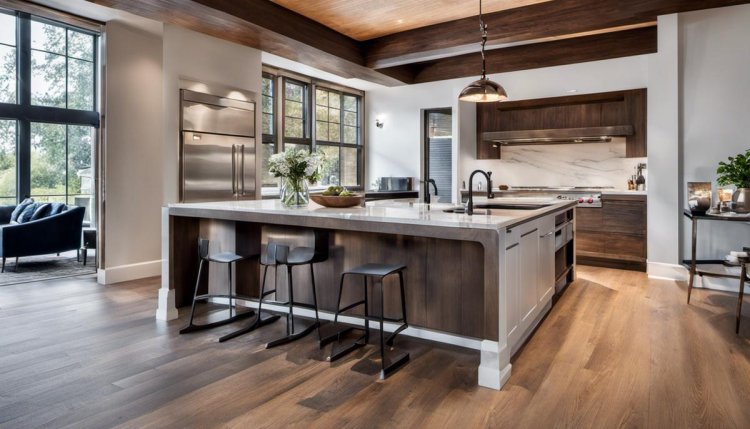
Another prime technique focuses on the incorporation of indoor gardens. These could include low-maintenance indoor plant selections, vertical green walls or even an indoor greenhouse for those with a true green thumb. Not only visually soothing, indoor gardens also offer a medley of benefits including air purification and increased indoor humidity.
Once you've successfully blurred the indoor-outdoor division, consider extending this concept to decorative details. Select furniture, upholstery, and accessories that elicit a harmonious vibe between the exterior and interior. Utilising materials like wicker, teak, or rattan for furniture and cultivating a consistent colour scheme indoors and out will evoke a cohesive feel to your blur.
Think beyond the limitations of bricks and mortar, reach out to the rustle of leaves, the whisper of the wind and the charm of chirping birds. Innovations in house design, combined with an enthusiasm for nature, are making it increasingly possible to blur the lines of your living spaces. Welcome to the new frontier of harmonising habitat and homestead. It's a truly beautiful challenge, and as enthusiastic outdoor house design interiors hobbyists, we're eager to rise to the occasion.
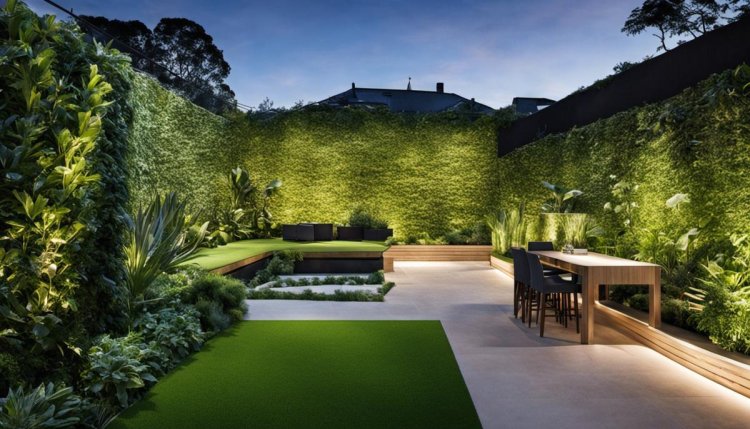
4. The Influence of Traditional Designs on Modern Spaces
Taking into account the content that has previously been explored, let's delve further into the enduring elements of design - ones that served us well in the past and continue to be part and parcel of our modern houses. Our focus travels now to the phenomenal space - the kitchen, popular layout methods and the integration of skylights.
The heart of the home — the kitchen — has evolved significantly over the years. Today, functional and aesthetic kitchen islands are a common feature of modern houses. Serving as the culinary hub, they facilitate cooking, dining, and socialising. Traditionally designed with sinks or cooktops, contemporary iterations now embody modular designs for storage, charging stations, and even wine coolers!
Open-concept spaces are another facet that merge traditional and modern elements. First popularised in the 1990s, this architectural trend is far from waning. The aim is to create a seamless flow from room to room, fostering a sense of spaciousness and freedom. This layout not only makes a home feel larger but also enhances interaction among family members, emulating the cosy, communal living spaces of yore.
Multifunctional spaces add flexibility to the modern front house design ideas home. Their adaptive nature addresses evolving lifestyle needs, an echo of erstwhile eras where large, singular spaces were adapted for different functions throughout the day. Modern multifunctional spaces can morph from a home office during the day to an entertainment or sleeping area at night.
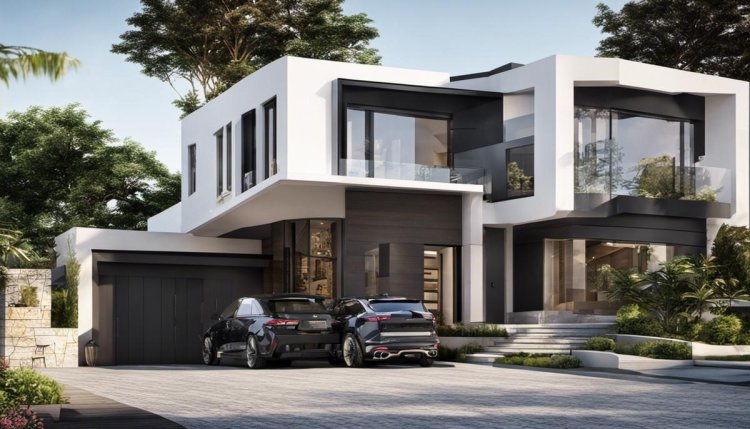
Elements like exposed brick walls and wooden beams, considered intrinsic to retro or country-styled homes, have found their way into the heart of the modern house. The blend of old-world charm and contemporary chic evokes a warm, inviting vibe. Add to this the durability of such materials, and they further fit the brief of practicality inherent in effective home design.
Skylights are another design element often overlooked, yet they are crucial contributors to the balance between contemporary and traditional architecture. Not only do they fill homes with abundant natural light, but they also add a visual element of height and depth. More luxury houses are pairing skylights with vaulted ceilings for a grand, dramatic effect.
Including pocket doors - sometimes known as cavity or disappearing doors - can create an illusion of space and provide privacy when needed. They exemplify the meeting point of functionality and design aesthetics, a factor which can be traced back to Victorian times.
A throwback to yesteryears sees the comeback of conservatories or sunrooms, especially in temperate climates. They serve as a unique reading nook or a serene indoor garden sanctuary, depending on the home owner's tastes. These light-filled extensions to the home are beneficial year-round - offering an indoor space with an outdoor feel, without the inconvenience of the outside elements.
Lastly, the integration of period features, such as high, decorative ceilings and ornate trims, add character to modern homes. Tastefully balanced with minimalist concepts, such details lend a rich, layered look. Today's ascendant trend of industrial chic too reiterates the blend of classic architectural elements with streamlined modern design. Wrought-iron bed frames, weathered wooden tables, and oversized vintage wall clocks are regular protagonists in such settings.
Hence, it is evident that timeless design elements are not only surviving but thriving in modern-day architecture. They serve as a testament to the saying that 'old is gold', adding a rich patina of history to homes, coupled with the advantages of advanced modern building techniques and technology.
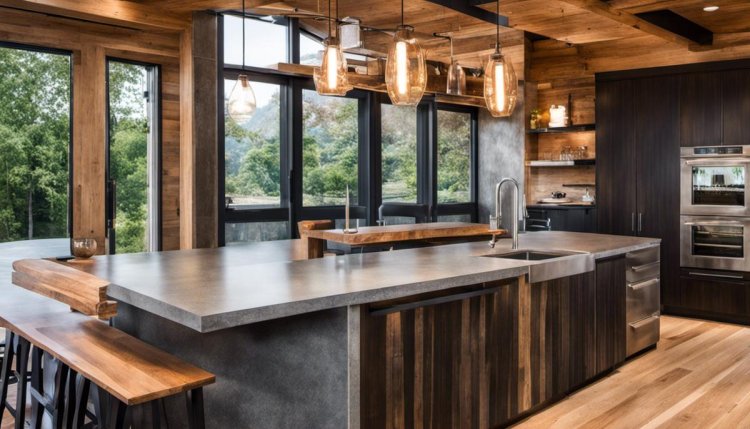
As we navigate through the realms of simple house design ideas, it becomes evident that our homes are not just shelter but a mirror reflecting our commitment to the environment, a testament to our adaptation to the digital age, an extension of our love for the outdoors, and a tribute to our historical roots. Our understanding of these trends in sustainable design, technology's role, the fusion of the indoor and outdoor, and the interpretation of traditional themes in modern contexts, significantly influence our home choices. As seekers of knowledge and purveyors of elegance, we are constantly encouraged to adapt, create, and envision homes that not only cater to our comfort but also gently abide by the rhythm of the world.













